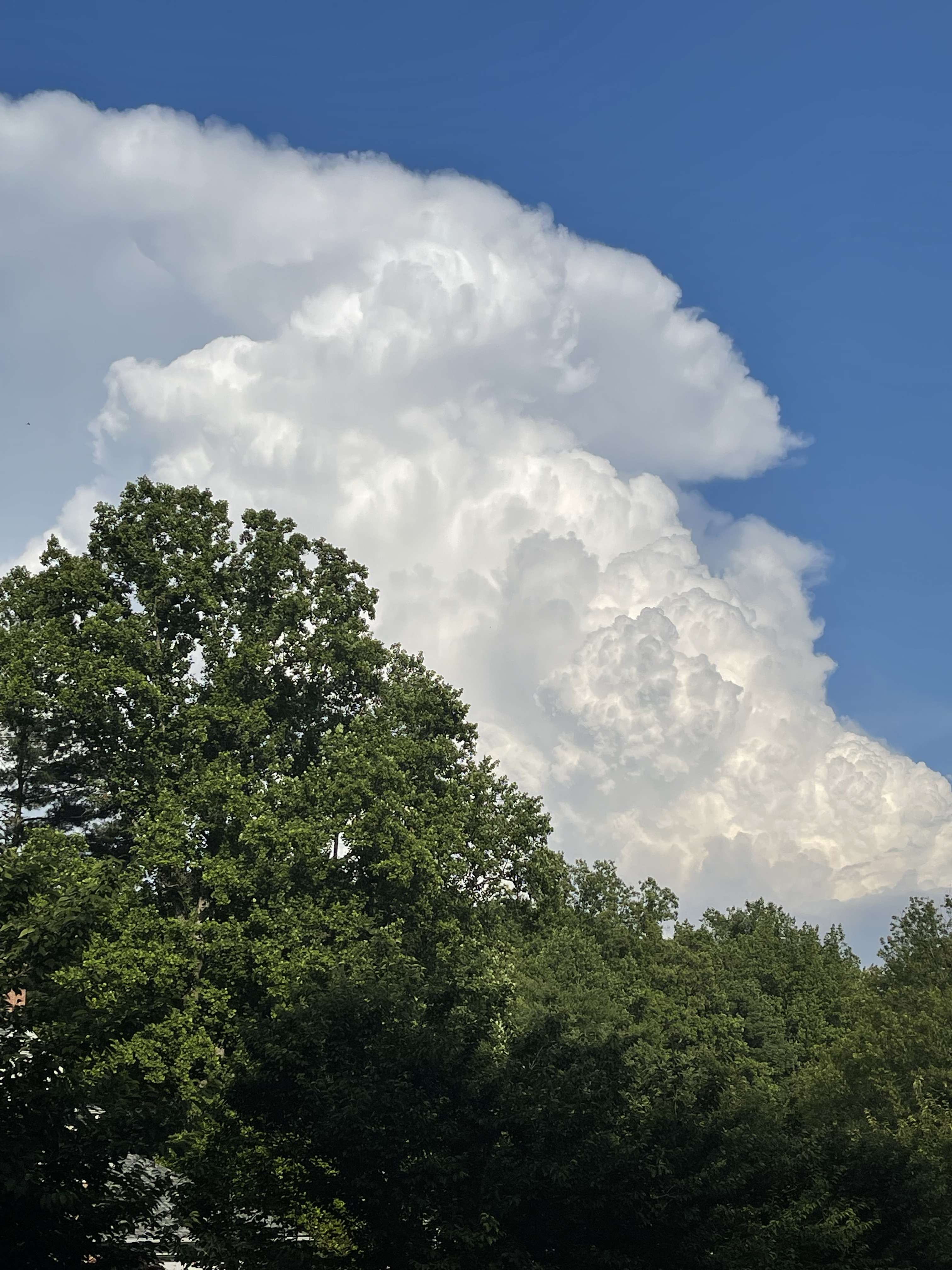-
Posts
44512 -
Joined
-
Last visited
-
Days Won
262
Everything posted by Phil
-
That +EPO also promotes a momentum transfer unfavorable for maintaining a SE ridge. The broad/flat NPAC anticyclone/+EPO under a perturbed/semi-perturbed NAM will naturally want to put the trough in the central/eastern US with time. Absolutely have to have that -EPO/amplified anticyclone into the GOA/western Arctic. Without that, there'll be big problems in the long run.
-
The problem with the 12z ECMWF is (again) that mature cyclonic wave over Alaska (+EPO), and the corresponding lack of upstream/NPAC amplification. If that verifies, you can absolutely forget about any significant winter weather in the near future. There'd be no chance. Downstream dynamics aren't the problem here. Upstream dynamics are the problem.
-
Wrong. That Greenland block is what's keeping the troughing in the west-central US/Canada via constructive interference with the -PNA circulation. How is this not obvious? Have we all forgotten what the last several winters have had in common? A Hudson Bay Vortex, which destructively interferes with the -PNA circulation (and constructively interferes with the +PNA/TNA circulation).
-
A few fractions of a degree are meaningless here. There's not much of any ENSO signal right now, and this doesn't look to change.
-
Yeah, also the 30 day SOI has been negative for almost a full month now. There's essentially no ENSO signal right now. https://www.longpaddock.qld.gov.au/seasonalclimateoutlook/southernoscillationindex/30daysoivalues/



